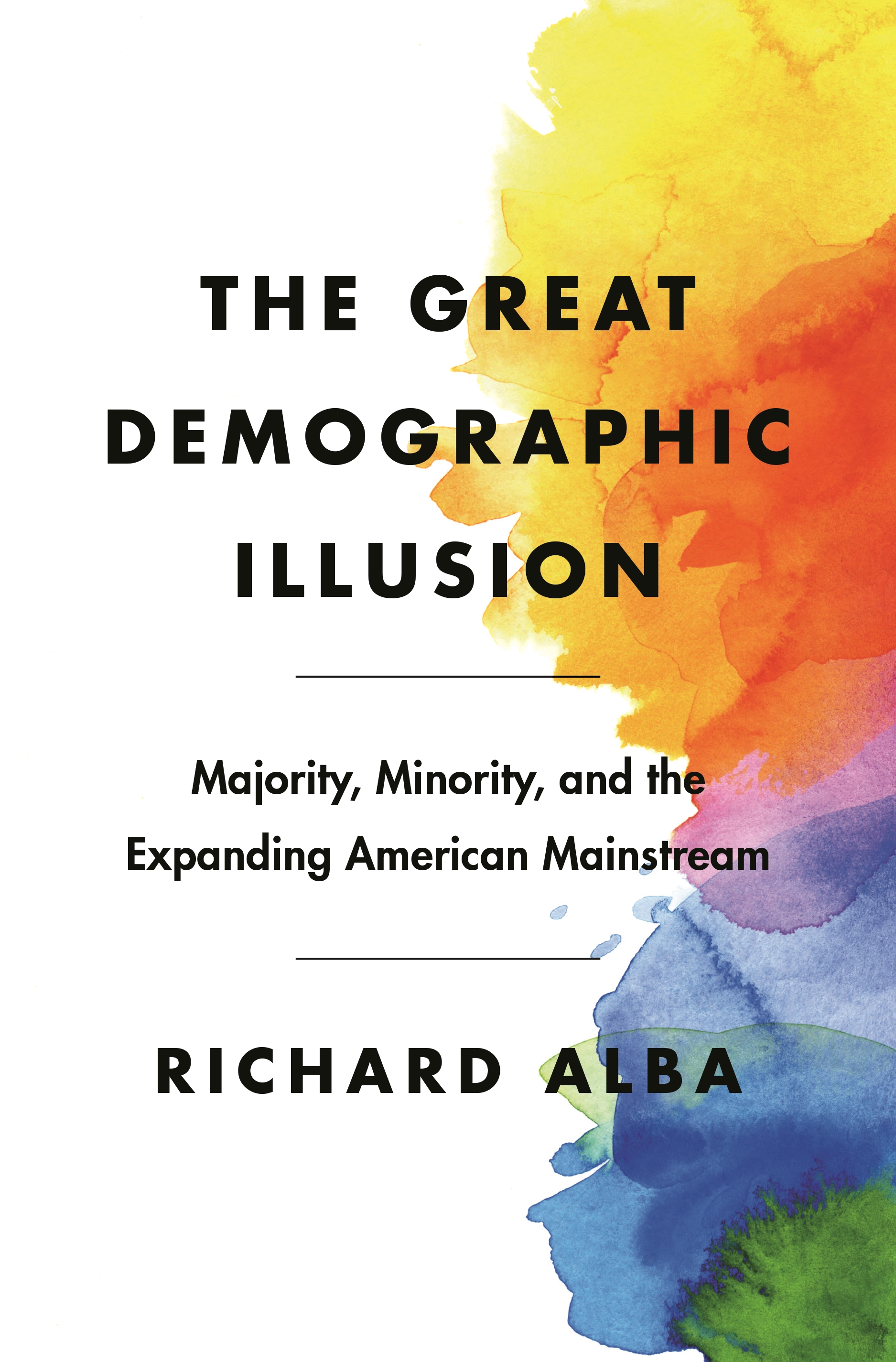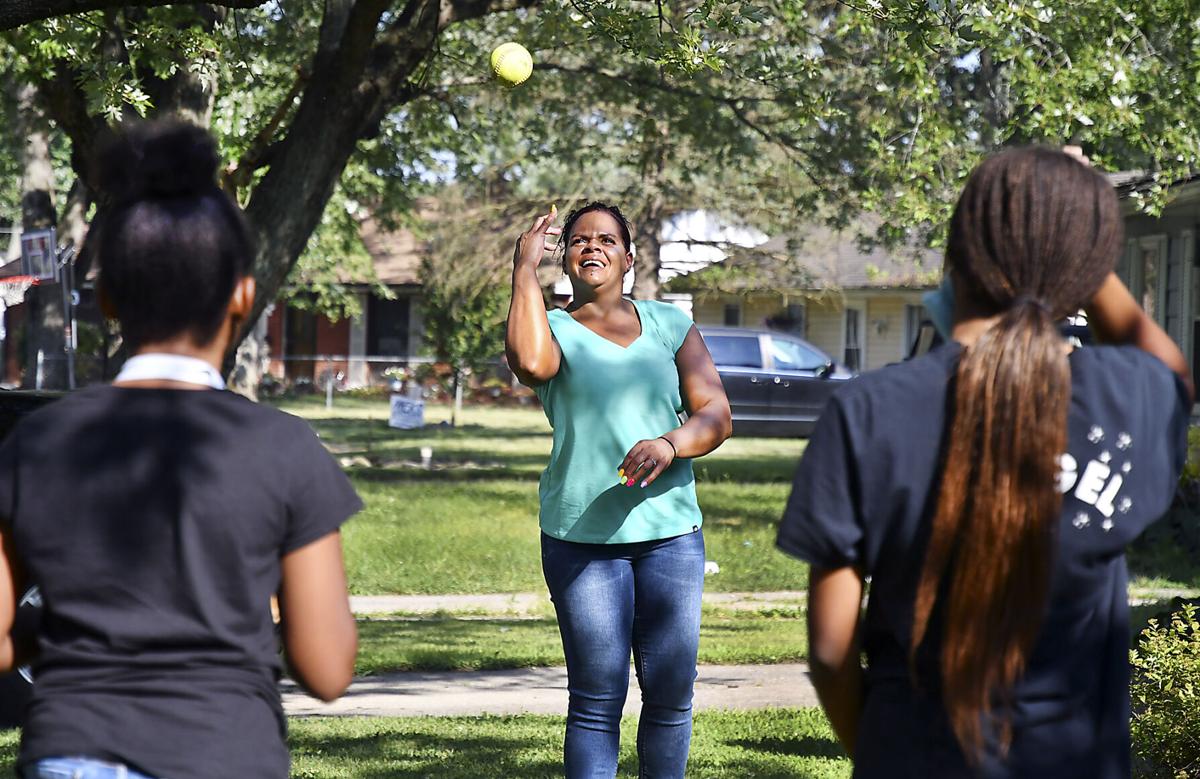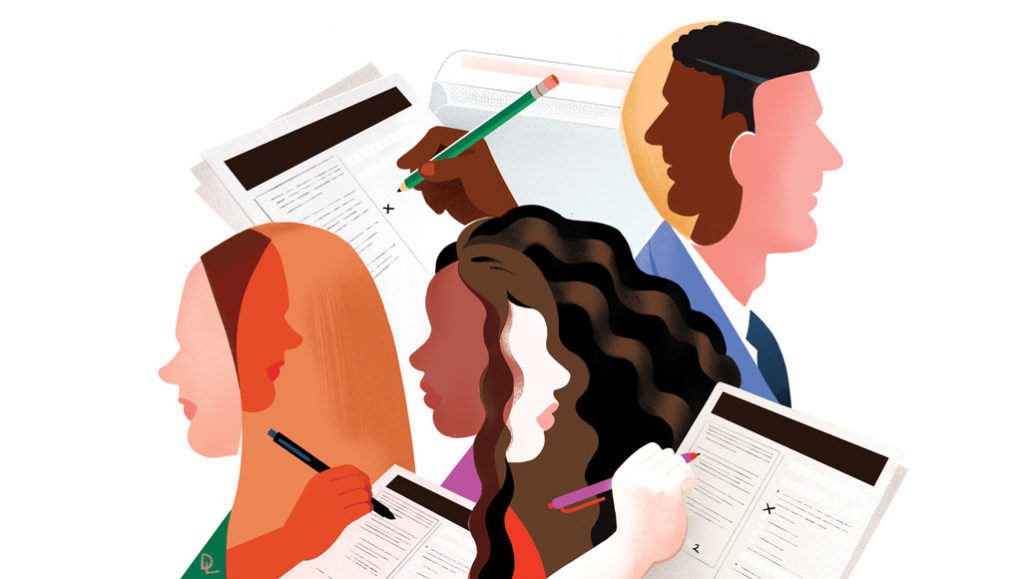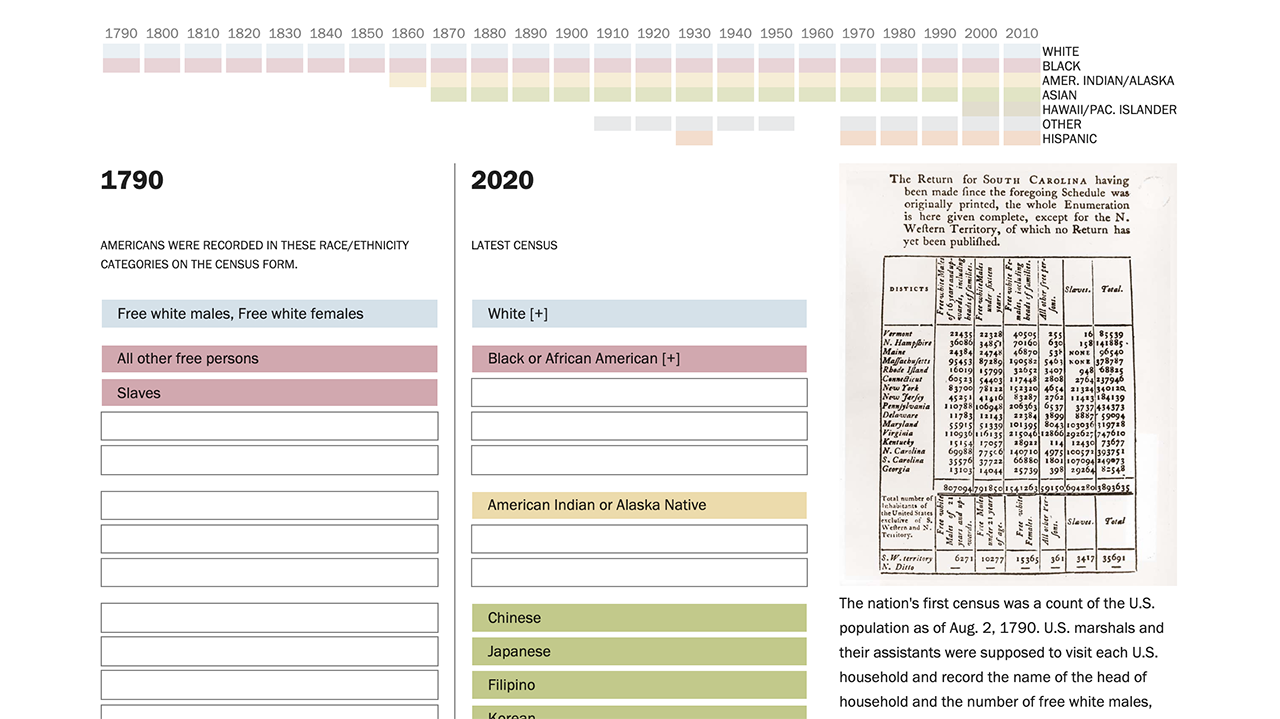‘Majority Minority’ America? Don’t Bet on ItPosted in Articles, Census/Demographics, Media Archive, Politics/Public Policy, Social Science, United States on 2021-02-09 17:52Z by Steven |
‘Majority Minority’ America? Don’t Bet on It
The Wall Street Journal
2021-02-05

Illustration: Ken Fallin
How a Census Bureau error led Democrats to assume they were on the right side of inexorable demographic trends.
Remember the “coalition of the ascendant”? National Journal’s Ronald Brownstein invented the phrase in 2008 to describe the “growing elements of American society” that had elected Barack Obama and given Democrats commanding majorities in both congressional houses: “young people, Hispanics and other minorities, and white upper-middle-class professionals.”
Republican successes in 2010, 2014 and 2016 called the coalition’s durability into question. But the 2020 election—Joe Biden’s victory notwithstanding—may provide the greatest reason to doubt it. Compared with 2016, President Trump and congressional Republicans improved their standing significantly among Hispanic voters and made smaller strides among other groups, such as Asian-Americans, blacks and Muslims.
“The majority minority narrative is wrong,” says sociologist Richard Alba, referring to the idea that nonwhite Americans will outnumber whites by 2050 or so. In his recent book, “The Great Demographic Illusion,” Mr. Alba, 78, shows that many “nonwhites” are assimilating into an American mainstream, much as white ethnic groups did before them. Government statistics have failed to account for this complex reality, partly for political reasons, and in doing so they’ve encouraged sloppy thinking about the country’s future…
Read the entire article here.








